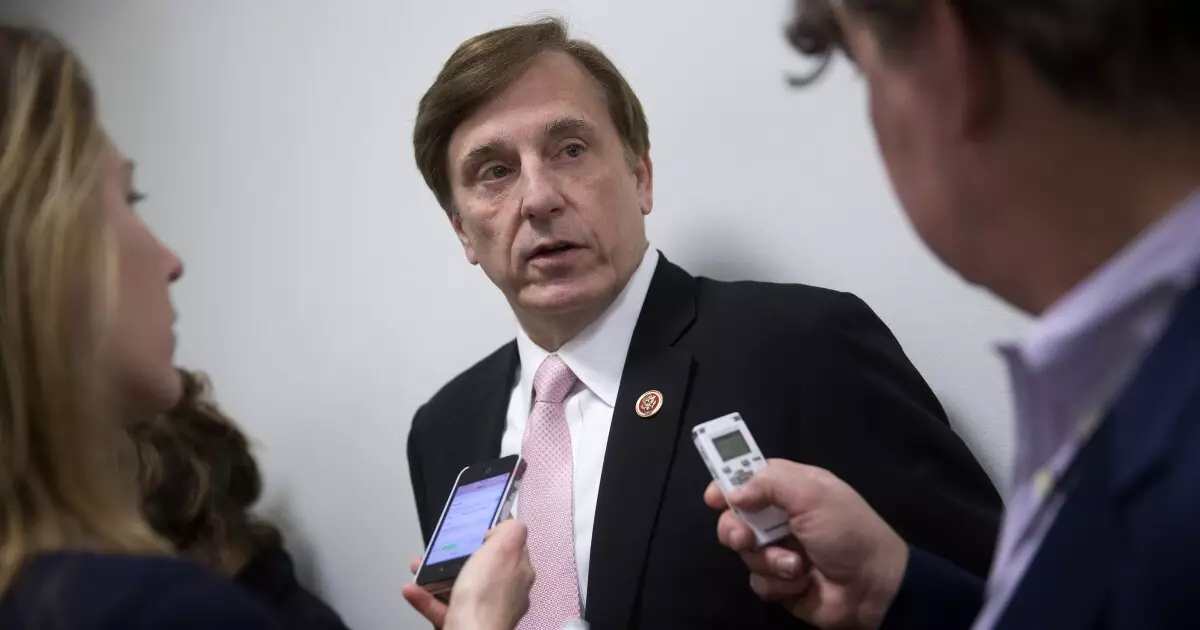In a striking display of fiscal audacity, the Louisiana State Bond Commission has greenlit a staggering $1.03 billion health care bond, alongside a $400 million state general obligation bond and additional funding for charter schools. This bold venture, targeting advanced health care improvements, reveals a precarious balance between optimism and caution in an evolving economic landscape. The intricacies of the funding mechanism, spearheaded by the Louisiana Public Facilities Authority, reflect a commitment to securing technological and infrastructural advancements while navigating the tumultuous waters of market uncertainty.
Expenditure Breakdown: A Deep Dive
The lion’s share of the health care bond—$684 million—will flow into new projects at facilities like the Ochsner Medical Center and Lafayette General Medical Center, while $351 million will be allocated for refinancing existing debts. This dual approach mitigates some financial risk but raises questions about long-term fiscal sustainability. How much debt is too much debt for a state’s health care system? Though elegance in planning is evident, the necessity for a 40-year maturity period signals a far-reaching reliance on future revenue inflows that could come under stress in these unpredictable economic conditions.
Navigating Market Volatility
State Treasurer John Fleming’s candid acknowledgment of recent market turmoil serves as a clarion call for prudence, yet the decision to transition from a competitive to a negotiated bond sale highlights a certain desperation to stabilize funding access. When the recommendation of switching sales strategies is derided as a “greater flexibility,” it places the state in a precarious position of relying on the whims of investors rather than a steadfast market framework. Given these uncertainties, the state’s move may be seen as either savvy adaptability or a dangerous gamble that could escalate costs in the long run.
Charter School Bonds: A Second Chance or a Risky Venture?
In tandem with the health initiatives, two charter school bonds totaling $259 million were also approved, summoning queries about investment returns in the educational sector. With Lafayette Renaissance Charter Academy Project and Acadiana Renaissance Charter Academy Project as obligors, the potential risks are alarming. Designed for sophisticated investors only, these bonds appear to cater to a niche market that might not align with the broader educational needs of Louisiana’s families. If these educational revenues fail to materialize, can stakeholders endure the fallout?
The Political Landscape: A Balancing Act
This bond commission’s decisions reflect broader political sentiments within the sphere of center-right liberalism, balancing fiscal responsibility with a commitment to long-term growth—an admirable journey rife with turmoil. The necessity for healthcare and education is paramount, yet it must hinge on workable financial and operational structures. The expansive $1.03 billion figure surfaces questions about responsibility and accountability; as such, Louisiana’s leaders must tread carefully. The potential for innovation exists, yet oversights may herald a financial reckoning if the state does not proceed with transparent commitment and judicious financial management.

